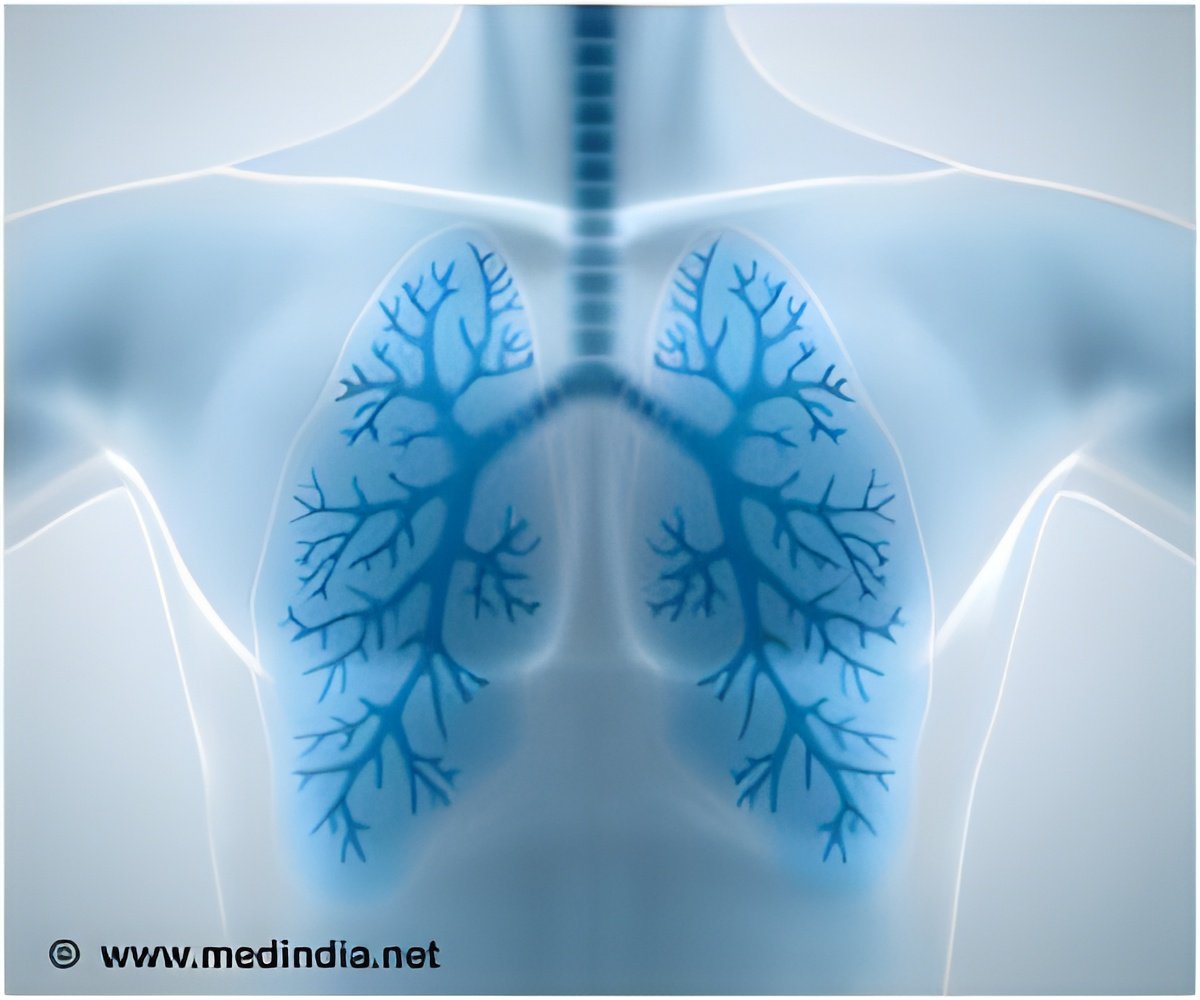Compared with standard-dose (SD), high-dose radiotherapy (RT) with concurrent chemotherapy (CT) did not improve overall survival of patients with stage III non-small-cell lung cancer.

The trial randomized 464 patients with pathologically diagnosed unresectable stage IIIA or IIIB NSCLC to SD (60 Gy) or HD (74 Gy) arms. All patients received concurrent CT of weekly paclitaxel and carboplatin, as well as additional cycles of consolidation CT following combined CT and RT.
The trial's final results on radiation dose will be presented Tuesday, June 4 at the American Society of Clinical Oncology 2013 Annual Meeting by Principal Investigator (PI) Jeffrey D. Bradley, M.D., a professor in radiation oncology, and chief of thoracic service at Washington University School of Medicine in St. Louis, Mo. Median follow-up time of the trial's 419 evaluable patients was 17.2 months, with a median survival time of 28.7 vs. 19.5 months and 18-month overall survival rates of 66.9% vs. 53.9% for the SD and HD arms, respectively. Local failure rates at 18 months similarly favored the SD over the HD arms. "In the setting of concurrent chemotherapy with daily radiation therapy for stage III lung cancer, these results definitively confirm that 60 Gray is superior to 74 Gray, with a clear detriment associated with the higher radiation dose," concludes Bradley. Although participants were stratified according to the RT technique used (three-dimensional vs. intensity- modulated RT [IMRT]), analysis of survival, patterns of failure, and physician-reported toxicity did not identify one technique to be better or worse than the other, according to Bradley.
Bradley points to two emerging research directions that benefit from the knowledge gained by the RTOG 0617 trial. "With the identification of a number of genetic driver mutations, targeted therapy is clearly the next phase of treatment for NSCLC," states Bradley. RTOG 1306 is an example of a phase II study evaluating newly developed agents that block EGFR or anaplastic lymphoma kinase (ALK) mutations. "Patients will receive either a targeted agent for a few months followed by chemoradiation or chemoradiation alone, which represents the standard arm in RTOG 0617," he explains.
A second research direction addresses how to improve RT in the setting of concurrent CT with the efficacy of the lower RT dose now confirmed. According to Bradley, efforts will focus on evaluating the use of adaptive RT, which involves changing the radiation treatment plan delivered to a patient during a course of RT. In RTOG 1106 protocol, for example, a patient on the experimental arm undergoes a PET scan after 20 RT treatments, and the RT plan is then refocused on the remaining tumor volume, with a higher dose per fraction given for the remaining 10 treatments."
"These results stand as an excellent example of the importance of rigorously testing new radiotherapy strategies and of RTOG's essential role in conducting clinical trials to provide the evidence to guide clinical care," says Walter J. Curran, Jr. M.D., RTOG Group Chair and Executive Director of the Winship Cancer Institute of Emory University in Atlanta.
Advertisement
Source-Eurekalert














